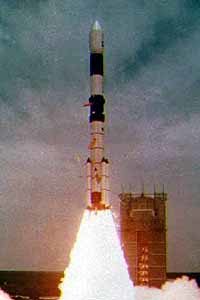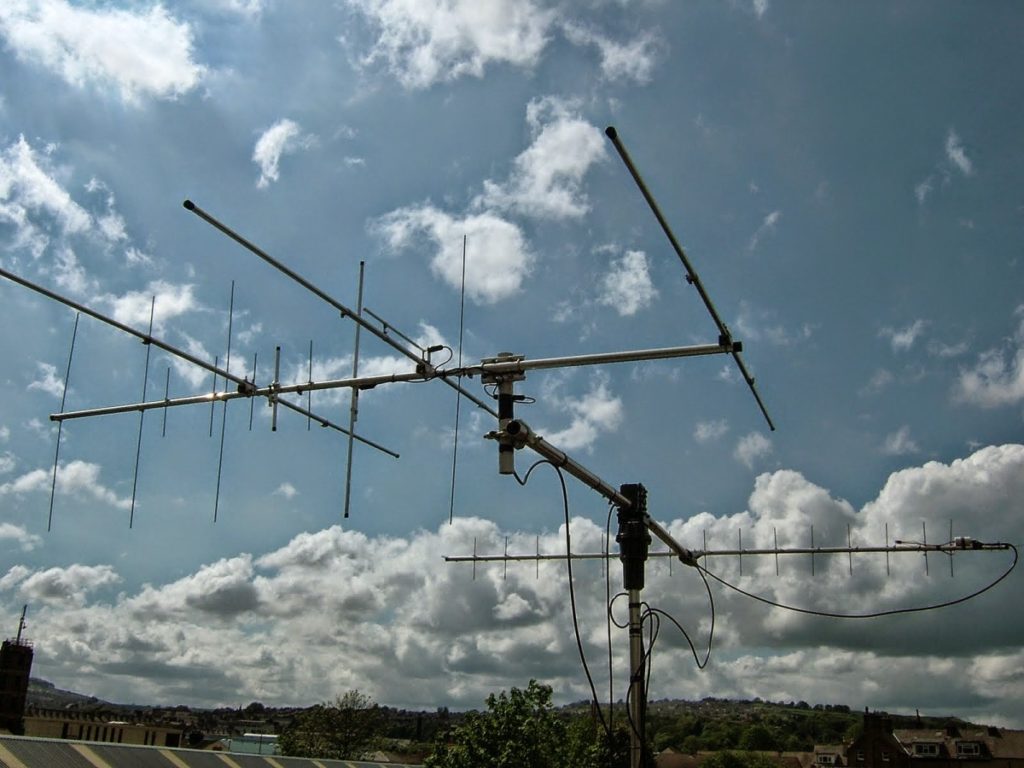
Vo februári 2005 sa pripravuje vynesenie prvého indického rádioamatérskeho mikrosatelitu nosným zariadením PSLV (Polar Satellite Launch Vehicle) zo strediska Sriharikota.
Tento satelit bude približne kubického tvaru (630 x 630 x 550 mm) a bude vážiť 40 kilogramov. Na štyroch stenách sú solárne panely, na vrchu sú antény a spodná časť slúži na pripevnenie k raketoplánu.
Obežná dráha satelitu
Predpokladaná je eliptická dráha s výškou okolo 817 km nad zemským povrchom. Jeden oblet bude trvať približne 116 minút a za ideálnych podmienok bude v dosahu pozemskej stanice desať až dvanásť minút.
Na palube sú dva lineárne transpondéry: indický a holandský. Oba sú určené na prácu v móde B s uplinkom na UHF a downlinkom na VHF (U – V prevádzka). Ich šírka pásma je 60 kHz a umožňujú tak CW, SSB aj FM komunikáciu. Výstupný výkon je približne 30 dBm (1W).
Nároky na vybavenie pozemskej stanice
Nároky na vybavenie pozemskej stanice sú pomerne vysoké. Napríklad pre prácu bude potrebné:
1, UHF uplink (435,250 MHz)
- VF výkon: 40 dBm (10W)
- Zisk antény: 12 až 18 dBi
- EIRP pri max. zisku anény: 56 dBm
2, VHF downlink (145,900 MHz)
- Zisk antény: 16 dBi
- Úroveň nosnej frekvencie na vstupe RX: -107 dBm (1uV)
Transpodéry budú rozlíšiteľné majákmi, VU časť bude vysielať na 145,940 MHz nemodulovanú nosnú, PA časť bude vysielať modulovaný signál na 145, 860 MHz.
